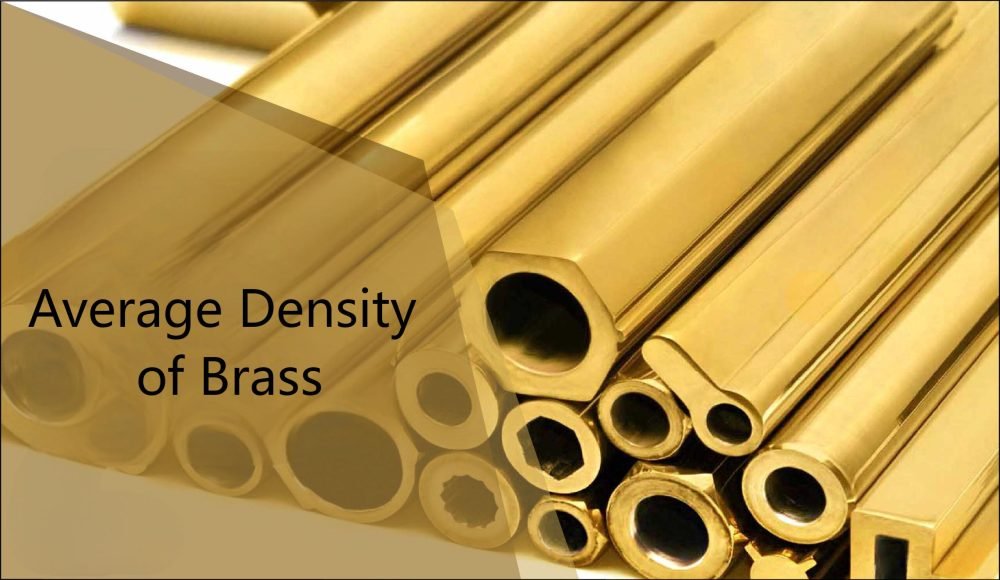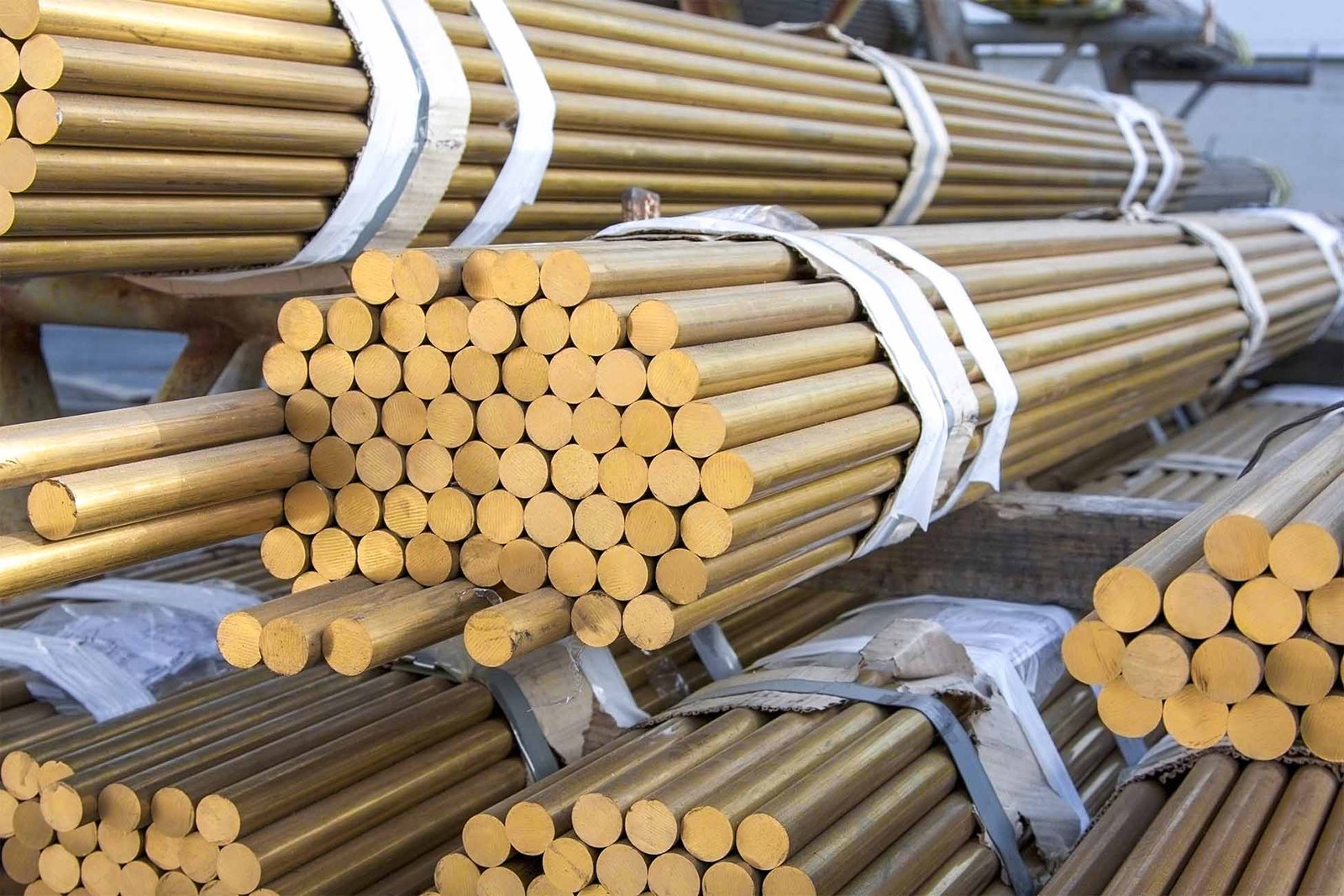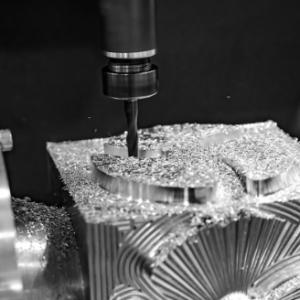真鍮 現代の製造で最も広く使用されている合金の1つです, その優れた機械性で知られています, 耐食性, そして魅力的な外観. 主に銅と亜鉛で構成される合金として, 真鍮の物理的特性 - 特にその密度 - 追加要素の比率と存在に応じて変数. エンジニアにとって真鍮の平均密度を理解することは不可欠です, デザイナー, 配管や電気システムから楽器や精密コンポーネントに至るまでのアプリケーションで最適な材料性能を確保するためのメーカー.
真鍮の平均密度は何ですか?
通常、真鍮の平均密度は範囲です 8.4 に 8.7 グラム/立方センチメートル (g/cm3). この変動は、銅と亜鉛の比率から生じます, スズなどの他のマイナーな合金要素と同様に, 鉛, またはアルミニウム.
銅含有量が多い真鍮は、一般的に密度が高くなります, より多くの亜鉛または軽い要素を備えた真鍮は、単位体積あたりわずかに少なくなります. この変動性により、設計またはエンジニアリングの目的で正確な密度が必要な場合、特定の真鍮グレードを特定することが重要になります.
真鍮アプリケーションで密度が重要な理由
密度は、影響を与える基本的な材料特性です:
強さと耐久性: 密度のある真鍮合金は、しばしばより良い機械的強度と耐摩耗性を持っています.
耐食性: 不純物が少ない高密度の真鍮は、通常、より耐性耐性です.
熱および電気性能: 密度は導電率に影響を与える可能性があります, 特に電子アプリケーションで.
体重に敏感なデザイン: 航空宇宙分野, 自動車, および構造工学, 密度は、システム全体の重みと効率に直接影響します.
したがって, 真鍮密度を理解することは、合金がパフォーマンスと安全の両方の要件を満たすことを保証するために重要です.
真鍮密度を他の一般的な金属と比較します
真鍮密度をよりよくコンテキスト化するため, これが比較テーブルです:
| 金属 | 密度 (g/cm3) |
| 真鍮 | 8.4 – 8.7 |
| 銅 | 8.96 |
| 亜鉛 | 7.14 |
| ブロンズ | 8.8 – 9.0 |
| 鋼鉄 | 7.8 – 8.1 |
| アルミニウム | 2.7 |
| チタン | 4.5 |
| 鉄 | 7.87 |
| ニッケル | 8.9 |
| 鉛 | 11.34 |
| 金 | 19.32 |
| タングステン | 19.25 |
真鍮は密度の点で中程度から高範囲に座っています, アルミニウムやチタンよりも重いが、純粋な銅よりも軽い, ブロンズ, または銀や金のような貴金属.
一般的な真鍮合金の密度
「真鍮」という用語には、さまざまな合金が含まれます. 以下は、広く使用されているいくつかの真鍮グレードの密度です:
| 真鍮合金 | 密度 (g/cm3) |
| レッドブラス | 8.75 |
| イエローブラス | 8.47 |
| 海軍真鍮 | 8.44 |
| カートリッジ真鍮 (260) | 8.53 |
| C3604フリーカット真鍮 | 8.50 |
| マンツメタル | 8.45 |
| 海軍本部の真鍮 | 8.53 |
| リードフリーの真鍮 | 8.40 |
各合金の密度は、そのユニークな定式化と性能特性を反映しています, 海洋のような特定の産業に合わせて調整されています, 配管, または電気アプリケーション.
真鍮の密度に影響を与える重要な要因
ある. 構成
銅と亜鉛の比率が最も影響力のある要因です:
より高い銅含有量 →密度の増加.
より高い亜鉛含有量 →密度の低下.
追加の要素 (例えば, 強さのためのスズ, 機械性のリード, 腐食抵抗のためのアルミニウム) 単位体積あたりの質量にさらに影響します. したがって, 精度が必要な場合は、合金組成を指定する必要があります.
b. 不純物
硫黄などの制御されていない不純物, 酸素, またはシリコン缶:
均一性を減らします.
気孔率を紹介します.
全体的な密度が低い.
高純度の真鍮は一般に、より一貫した密度により、より良い機械的および腐食特性を提供します.
c. 温度効果
加熱すると真鍮が拡大します, その量を増やし、密度を効果的に減らします. 逆に, 冷却すると縮小します, 密度を高めます:
熱膨張 高温アプリケーションで考慮する必要があります (例えば, 熱交換器).
高温も合金を変えることができます 位相構造, 身体パフォーマンスに影響を与えます.
d. 微細構造
真鍮の微細構造, 特に 穀物のサイズと位相分布, 密度に直接影響します:
細かい穀物 →ボイドが少ないため、密度が高くなります.
粗粒 →内部欠陥の密度が低く、リスクが高くなります.
微細構造は固化中に影響を受け、制御された冷却速度と熱処理により最適化できます.
e. 製造プロセス
真鍮がどのように処理されるかは、その密度に影響します:
| プロセス | 密度への影響 |
| 鋳造 | 空気またはガスの泡を閉じ込めることができます→密度が低くなります |
| 鍛造 | 材料を圧縮→密度を増加させます |
| ローリング | 材料を平らにしてコンパクト→均一性を向上させます |
| 押し出し | 粒のアライメントを強化し、内部ボイドを除去します |
| 描画 | 合金を伸ばして圧縮することにより、密度を上げます |
正しい処理方法を選択することは、パフォーマンスと構造の完全性の両方を維持するために不可欠です.
結論
真鍮の密度は、構成に基づいて変化する重要な特性です, 製造方法, 温度曝露, 不純物, および内部構造. 体重に敏感な航空宇宙部品または腐食耐性配管器具用の材料を選択しているかどうか, 選択した真鍮合金の密度を知ることは、安全を確保するのに役立ちます, 効率, 長期的なパフォーマンス.
これらの変数が密度にどのように影響するかを理解することにより, 製造業者とエンジニアは、アプリケーションの正確なニーズを満たすために、真鍮合金をよりよく調整できます.
続きを読む:





2 』への思いg/cm³の真鍮の平均密度: 構成, 比較 & 影響要因”